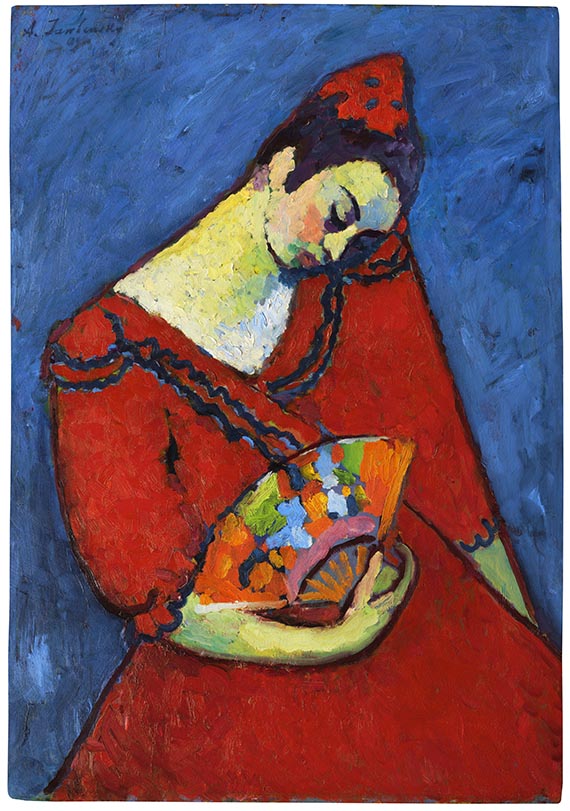Dictionary


Antwerp Mannerism
In the first third of the 16th century, a group of painters whose work was unlike that of the Flemish Mannerists, were working at the same time and area in Antwerp. In the early 20th century, Max J. Friedländer, coined the term "Antwerp Mannerism", and as such, established a unified name for the style. He also created master names for the artists, in order to categorise the different works.
The Antwerp Mannerist school includes the Master of the von Groote Adoration, the Master of the Antwerp Crucifixion (identified in recent research as Adriaen van Overbeke), the Master of the Antwerp Adoration, the Master of Amiens, the Master of 1518 (Jans Mertens or Jan van Dornicke), Jan de Beer and Pseudo-Bles. Friedländer also included Jan Wellens de Cock and the early work of Jan Gossaert in this group.
Although it is difficult to classify the style as mannerist, and it makes more references to Gothic art, the painters did incorporate stylistic elements of Italian mannerism into their work.
The style’s characteristics include the elongated figures, typical of mannerism, expressive gestures, and modelled chiaroscuro painting, as well as adorned and draped clothes and fantastic architectural settings. Additional features include excessive detail, and a narrative pictorial language. The Antwerp Mannerists favoured biblical subjects.
In the first third of the 16th century, a group of painters whose work was unlike that of the Flemish Mannerists, were working at the same time and area in Antwerp. In the early 20th century, Max J. Friedländer, coined the term "Antwerp Mannerism", and as such, established a unified name for the style. He also created master names for the artists, in order to categorise the different works.
The Antwerp Mannerist school includes the Master of the von Groote Adoration, the Master of the Antwerp Crucifixion (identified in recent research as Adriaen van Overbeke), the Master of the Antwerp Adoration, the Master of Amiens, the Master of 1518 (Jans Mertens or Jan van Dornicke), Jan de Beer and Pseudo-Bles. Friedländer also included Jan Wellens de Cock and the early work of Jan Gossaert in this group.
Although it is difficult to classify the style as mannerist, and it makes more references to Gothic art, the painters did incorporate stylistic elements of Italian mannerism into their work.
The style’s characteristics include the elongated figures, typical of mannerism, expressive gestures, and modelled chiaroscuro painting, as well as adorned and draped clothes and fantastic architectural settings. Additional features include excessive detail, and a narrative pictorial language. The Antwerp Mannerists favoured biblical subjects.
Offers
Headquarters
Joseph-Wild-Str. 18
81829 Munich
Phone: +49 89 55 244-0
Fax: +49 89 55 244-177
info@kettererkunst.de
Louisa von Saucken / Undine Schleifer
Holstenwall 5
20355 Hamburg
Phone: +49 40 37 49 61-0
Fax: +49 40 37 49 61-66
infohamburg@kettererkunst.de
Dr. Simone Wiechers / Nane Schlage
Fasanenstr. 70
10719 Berlin
Phone: +49 30 88 67 53-63
Fax: +49 30 88 67 56-43
infoberlin@kettererkunst.de
Cordula Lichtenberg
Gertrudenstraße 24-28
50667 Cologne
Phone: +49 221 510 908-15
infokoeln@kettererkunst.de
Hessen
Rhineland-Palatinate
Miriam Heß
Phone: +49 62 21 58 80-038
Fax: +49 62 21 58 80-595
infoheidelberg@kettererkunst.de
We will inform you in time.




